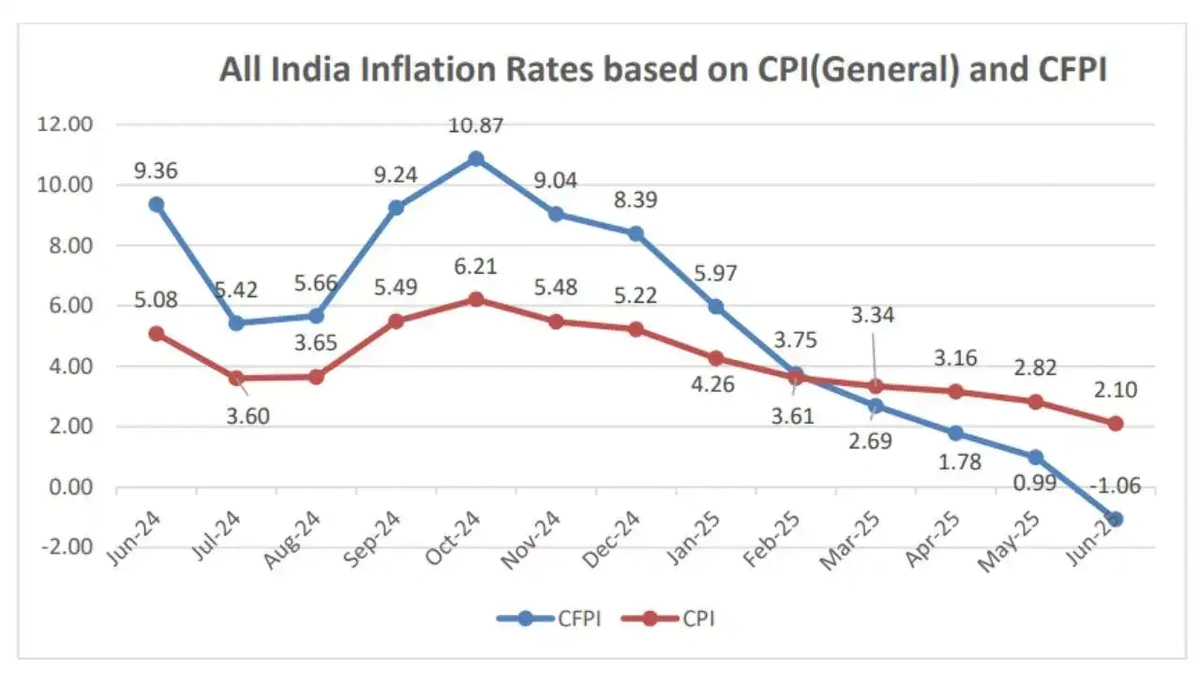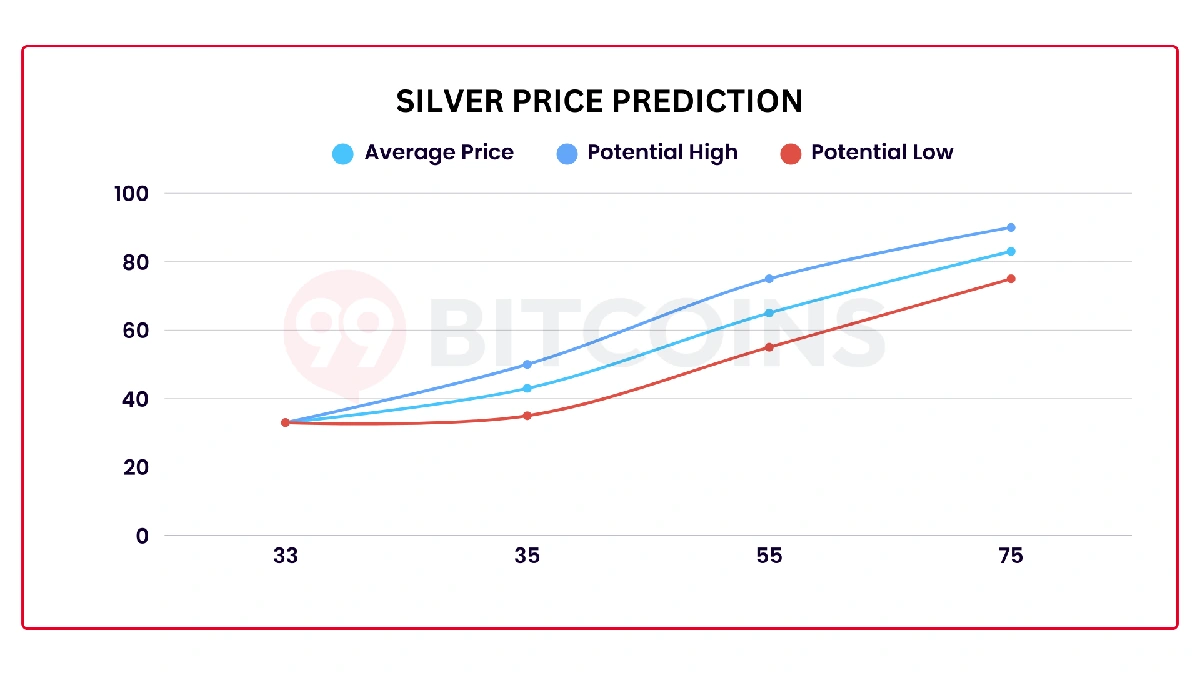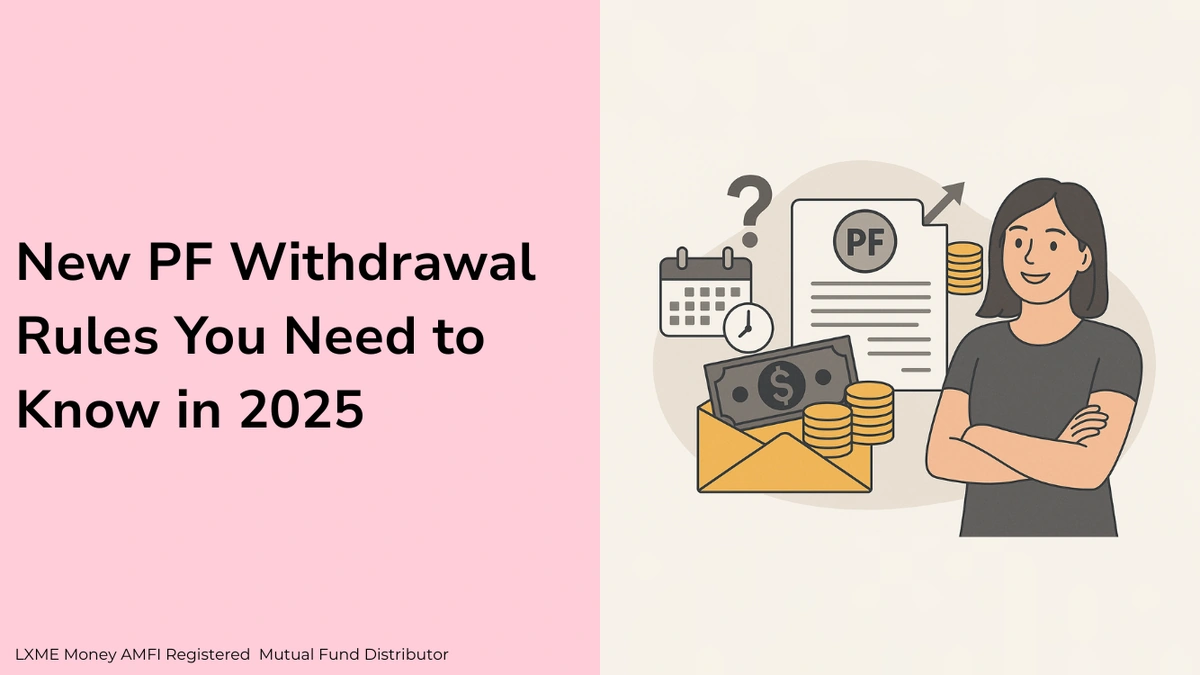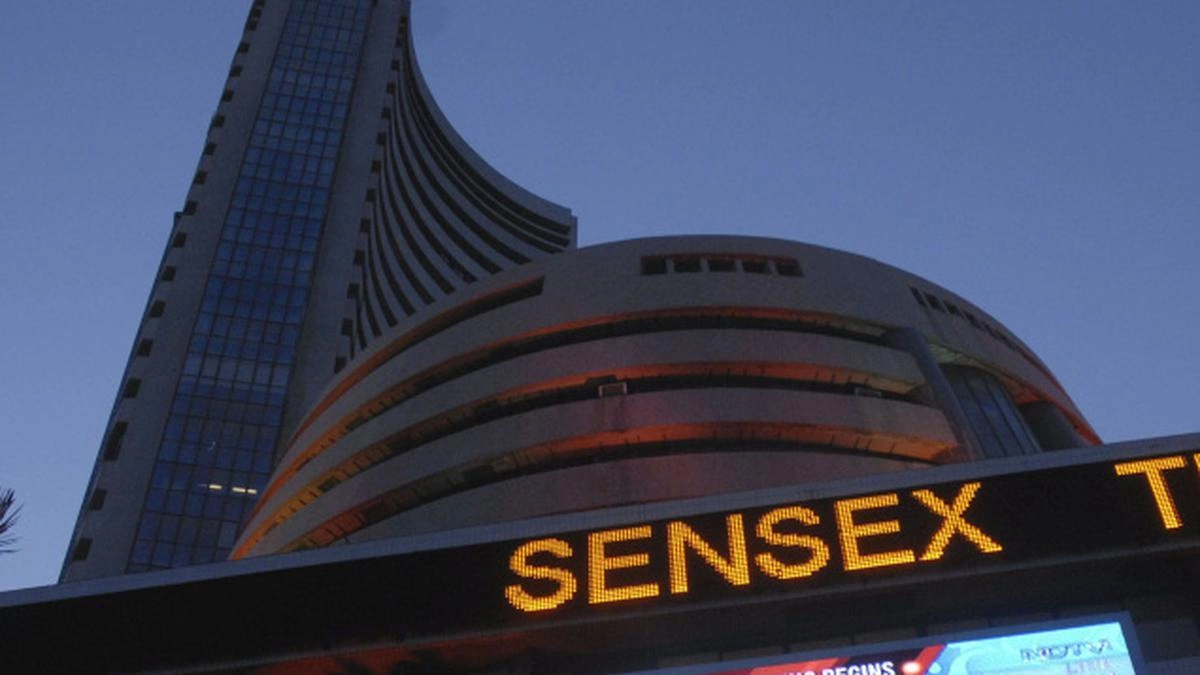WPI Inflation in India Drops to 0.13% in September
Alright, let’s talk about something that probably sounds drier than the Thar desert: WPI Inflation in India. Specifically, the fact that it’s dropped to a measly 0.13% in September. Now, I know what you’re thinking: “Who cares?” But here’s the thing – this isn’t just some boring economic statistic. This number has real-world implications for you, me, and everyone else in India. Forget the jargon; let’s break down why this matters.
Why This Tiny Number Actually Matters
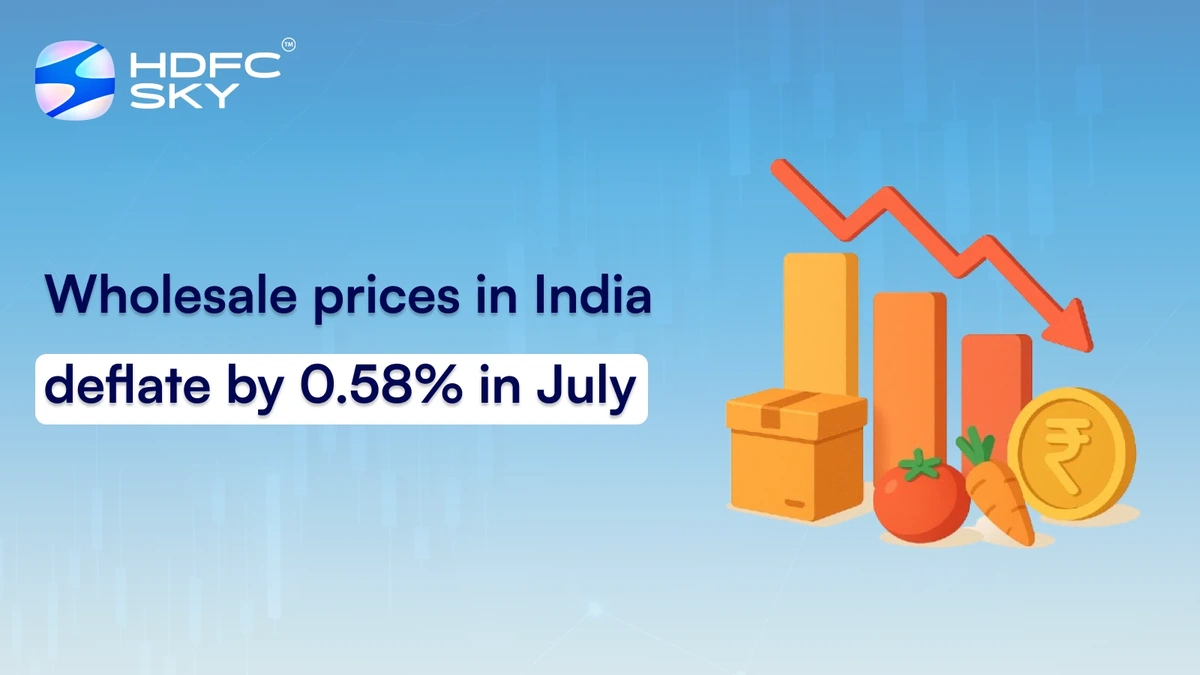
So, the Wholesale Price Index (WPI) measures the change in prices of goods at the wholesale level. Think of it as the price tag your local shopkeeper pays before they mark things up for you. When WPI inflation is high, it usually trickles down to higher prices for consumers (that’s you!). But when it’s low, like now, it should mean things get a little easier on your wallet. Should, being the operative word.
The big question is, will this translate to lower prices at the retail level? The government and RBI are certainly hoping so. Lower retail inflation means more disposable income, which could boost spending and help the economy chug along nicely. But there are always caveats, aren’t there?
And, if you are thinking whether you should take a home loan now, it might be a good time, considering these figures.
The Ripple Effect | Sectors That Win (and Lose)
Here’s the thing: not everyone benefits equally from lower India’s WPI Inflation . Some sectors are poised to gain, while others might feel a slight pinch. Let’s consider a few:
- Manufacturing: Lower input costs (raw materials, energy) can boost profit margins for manufacturing companies. This could lead to more investment and job creation – a definite win.
- Agriculture: Farmers might see a slight dip in prices for their produce. However, if lower inflation leads to increased demand, it could balance things out. The monsoon season also plays a big role.
- Consumer Goods: This is where you and I come in. If companies pass on the lower costs, we could see some relief on everyday items – from groceries to electronics.
I initially thought this would be straightforward, but then I realized the interconnectedness of the economy. It’s like a giant Jenga tower – pull one block, and everything shifts.
RBI’s Next Move | Rate Cuts on the Horizon?
The Reserve Bank of India (RBI) is probably watching this WPI number like a hawk. Low inflation gives them more wiggle room to potentially cut interest rates. Why is that important? Well, lower rates make borrowing cheaper for businesses and individuals. This can spur investment, encourage spending, and give the economy a little jolt.
A common mistake I see people make is thinking low inflation automatically equals lower interest rates. It’s not a guarantee. The RBI also has to consider factors like global economic conditions, currency fluctuations, and the overall health of the financial system. But, a low WPI is definitely a positive signal. But, the RBI’s decision might affect ATGL share price as well.
The Global Context | Are We an Island?
India doesn’t exist in a vacuum. Global events, especially commodity prices, have a huge impact on our inflation. For example, if crude oil prices spike, it doesn’t matter how low our WPI is – petrol and diesel prices will go up, affecting transportation costs and eventually, everything else. As per the guidelines mentioned in the information bulletin, the government is keeping a close watch on it.
It is best to keep an eye on the news to understand the full picture. And let’s be honest, predicting the future is impossible. But understanding the underlying dynamics can help you make smarter financial decisions.
Navigating the Noise | What Should You Do?
So, what’s the takeaway from all this? Should you start celebrating lower prices just yet? Not so fast.
Here’s what I think: Be cautiously optimistic. Keep an eye on prices at your local stores. See if you notice any actual decrease in the cost of your regular purchases. And most importantly, don’t make any rash financial decisions based solely on one economic data point. According to the latest circular on the official website, economic indicators need to be assessed with other things too.
The drop in WPI inflation to 0.13% is a positive sign, no doubt. But it’s just one piece of the puzzle. A sustainable economic recovery requires a confluence of factors – prudent government policies, a stable global environment, and a little bit of good luck.
And one thing is for sure, lower wholesale price index will certainly boost India’s economy and improve cash flow. Apart from that, this might be a good time to consider investing in the real estate market, particularly in cities like Patna .
FAQ Section
Frequently Asked Questions
What exactly is WPI?
WPI stands for Wholesale Price Index. It measures the changes in the price of goods at the wholesale level before they reach consumers.
How does WPI inflation affect me?
WPI inflation can influence the prices you pay for goods and services. Lower WPI inflation can lead to lower retail prices, but it’s not always a direct relationship.
Is low WPI inflation always a good thing?
Not necessarily. Very low or negative inflation (deflation) can signal a weakening economy. A healthy level of inflation is generally considered ideal.
Where can I track WPI data?
You can find the official WPI data on the website of the Office of Economic Adviser, Department for Promotion of Industry and Internal Trade, Ministry of Commerce and Industry.
Will interest rates go down now?
It’s possible, but not guaranteed. The RBI considers various factors when setting interest rates, and WPI inflation is just one of them.
